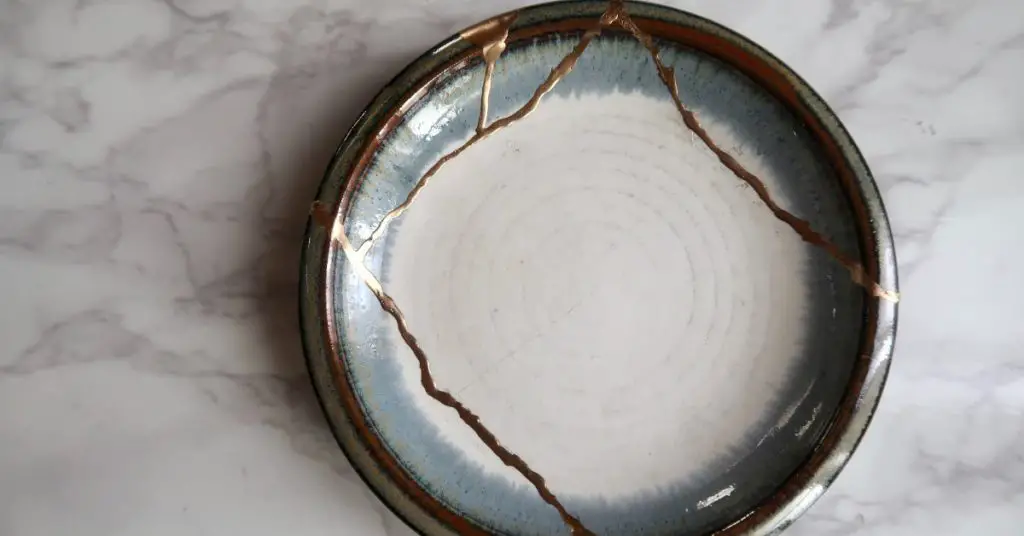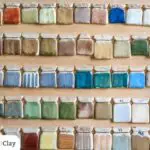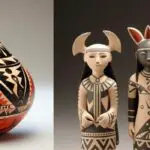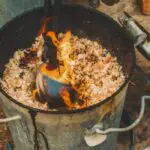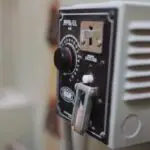Japanese pottery is world-renowned and influential in other cultures. Ceramists celebrate many innovations from Japan. Yet, none encapsulate the deep tradition and zen-like nature of Kintsugi.
Kintsugi has taken on a meaning beyond pottery. Visit our blog on that at this link if you’d like to explore the tradition outside pottery.
The art of Japanese broken pottery
Kintsugi is a wonderful tradition in Japanese art history. It’s a means of repairing ceramics with gold (the term translates to “golden joinery”).
Lacquerware has been a common artistic finish in Japanese history. It is fitting it has become the primary means of repairing Japanese pottery as well. Plus, the process of Kintsugi often results in a more durable piece.
In this article, we’ll share how you can get started and how to fix broken ceramics around the house.
What you’ll need to get started repairing broken pottery
- A broken piece of pottery
- Sand paper
- Slow-dry epoxy (safe to eat, too!)
- Something to apply the glue (tooth pick or popsicle stick will work)
- Cardboard or a piece of paper to mix glue on
- Gold powder
- A thin brush
How to do Kintsugi
Preparing the piece
Start by sanding the edges of your pieces to remove any sharp or jagged surfaces.
Glue the piece
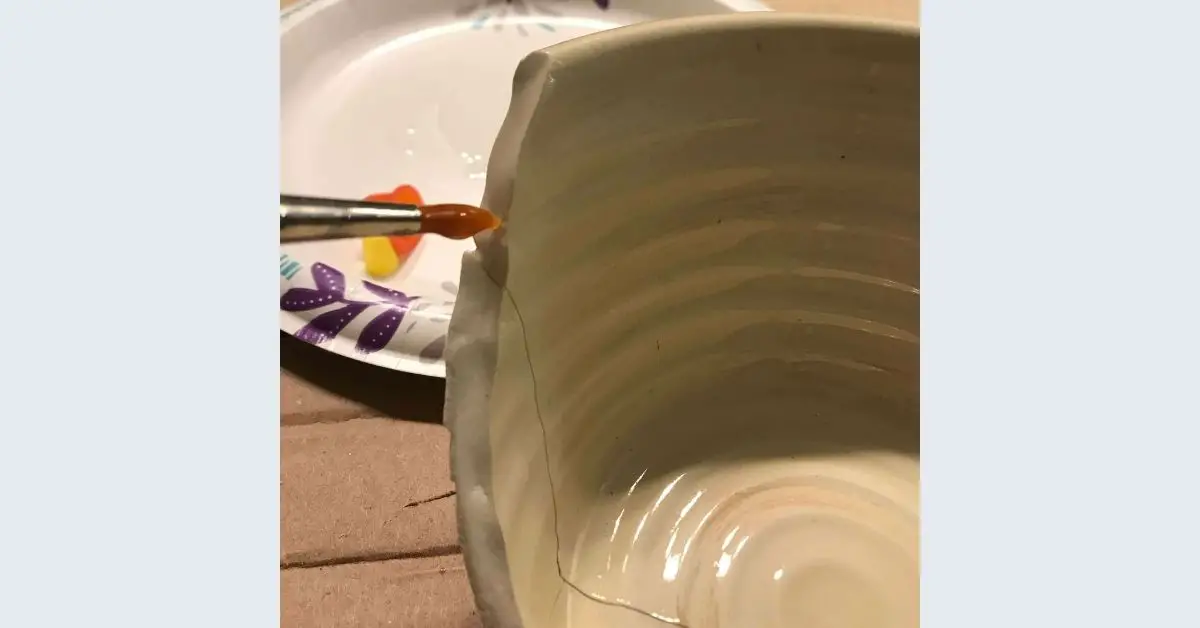
Next, apply glue to the broken edges. I would recommend a slow-drying glue so that you can apply your powder to the glue squeezes out of the cracks.
- Squeeze a little bit of glue on a piece of cardboard or paper and mix it around.
- Next, apply the glue using a throwaway brush, toothpick, or a popsicle stick to the broken surface.
Fit the broken pieces together. Push firmly to make sure the glue can adhere. Excess glue should come out of the space. We’re going to use this excess to apply the gold.
We had trouble keeping the pieces together, so I used masking tape to hold it in place as the glue dried.
Apply the gold
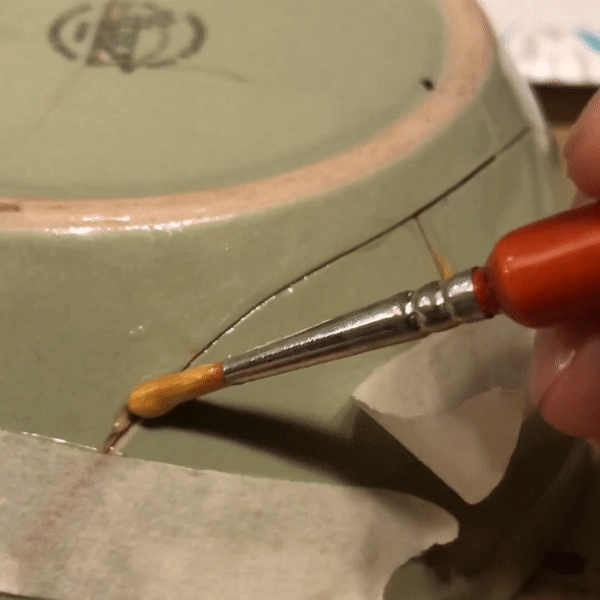
Next, you’ll want gold powder. Gold is obviously expensive. Here’s a gold powder substitute from Amazon that will work.
Poor the gold dust onto your surface (cardboard or something similar). Mix the epoxy and the gold dust creating a mix. Paint along the cracks in the pottery.
Cleaning up
Let the piece dry as long as the glue takes to cure. Check the back of the bottle if you’re unsure. Once that time has passed, wash the bowl off to remove any extra gold dust.
Conclusion
Kintsugi makes a striking piece out of something broken. There’s poetry in that, isn’t there?
It doesn’t end there! Kintsugi has taken on philosophical and therapeutic meaning. If you’d like to learn more about Kintsugi outside of the pottery discipline, be sure to learn more about kintsugi.
And if you’ve followed this process, we would love to see it! Send us a photo through email – hello@wheelandclay.com. We’ll hang it on our virtual fridge 🙂
Related articles
Did you like what you read? Great! We have more articles on the blog. Check out a few of our most related articles to the one you just finished:

